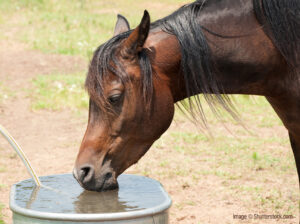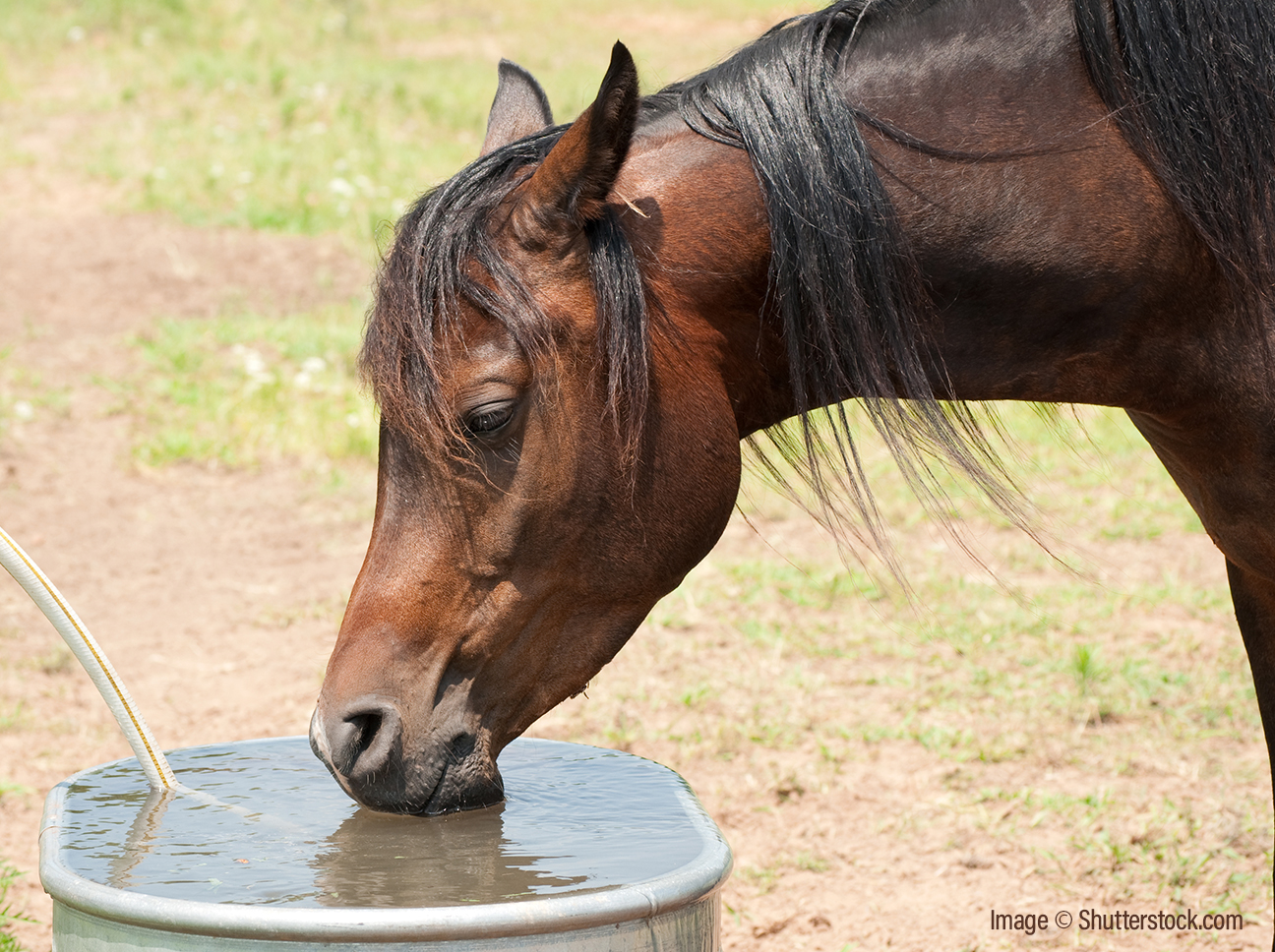
Heat Stroke
Heat stroke in the horse is a serious, life-threatening illness, which needs emergency veterinary attention. It is caused when the horse’s temperature can’t be controlled by it’s own body and the horse needs help.
Signs of heat stroke (any or all may be present):
- High temperature- normal for a horse is between 37-38.2⁰C Temperatures above this can indicate heat stroke. Temperatures above 40⁰C indicate the horse is very sick and requires urgent veterinary attention
- Quiet horse. A horse with heat stroke will become quiet and seem to not respond to you
- Wobbly or weak looking horse – commonest sign
- Dry gums
- Sweaty or dried sweat on the coat.
- Fast heart rate
- Decreased faecal production, dry nuggets of poo
- Decreased urine production- any urine may be darker in colour and a smaller volume
Causes of Heat Stroke:
Heat Stroke can occur for a number of reasons- most commonly it will occur after exercising in high temperatures. This can be worsened by being unfit or not acclimatised to heat.
- High humidity increases the risk of heat stroke, as the normal cooling mechanism of sweating will not effectively reduce body temperature as water will not evaporate as readily.
- Horses with no access to shade are very vulnerable to heat stroke
- Elderly, sick and very young horses are all at increased risk of heat stroke as they are less able to regulate their body temperature.
- It can happen to a horse just left out in it’s field in the heat.
Treatment:
- If you suspect your horse is suffering from heat stroke you must contact your vet immediately
- Whilst waiting for the vet, you should try and cool the horse. Apply cold water (4⁰C-10⁰C) to the horse, soaking them entirely; remember there is no need to scrape this water off!
- If the horse has been exercising and is still blowing, walk them gently for 1-2 minutes and then cover whole body in water again. Repeat this process until respiratory rate returns to normal.
- Offer your horse water to drink. You can also offer electrolytes in water, but remember to provide plain water alongside.
- The vet will assess the horse for dehydration, and may need to correct ongoing fluid losses.
- For less severe cases, it may be sufficient to stomach tube the horse and give water and electrolytes directly into the GI tract.
- For more severe cases where the horse is very sick, it may be necessary to deliver fluids directly into the blood via a drip as well as stomach tubing the horse.
- Heat stroke can cause organs to fail, and therefore it is important to check that the kidneys are functioning correctly by checking the horses blood and urine.

Poster copyright © drdavidmarlin.com
